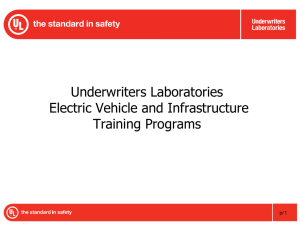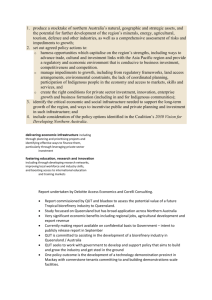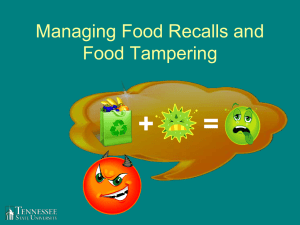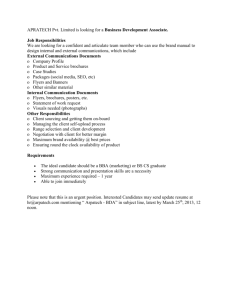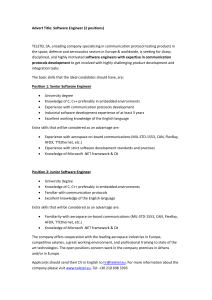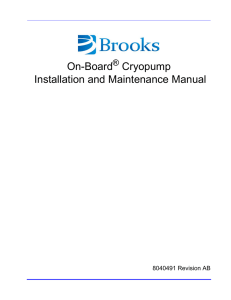Dynamic analysis of on-board mass data to determine Session 5b: Compliance
advertisement
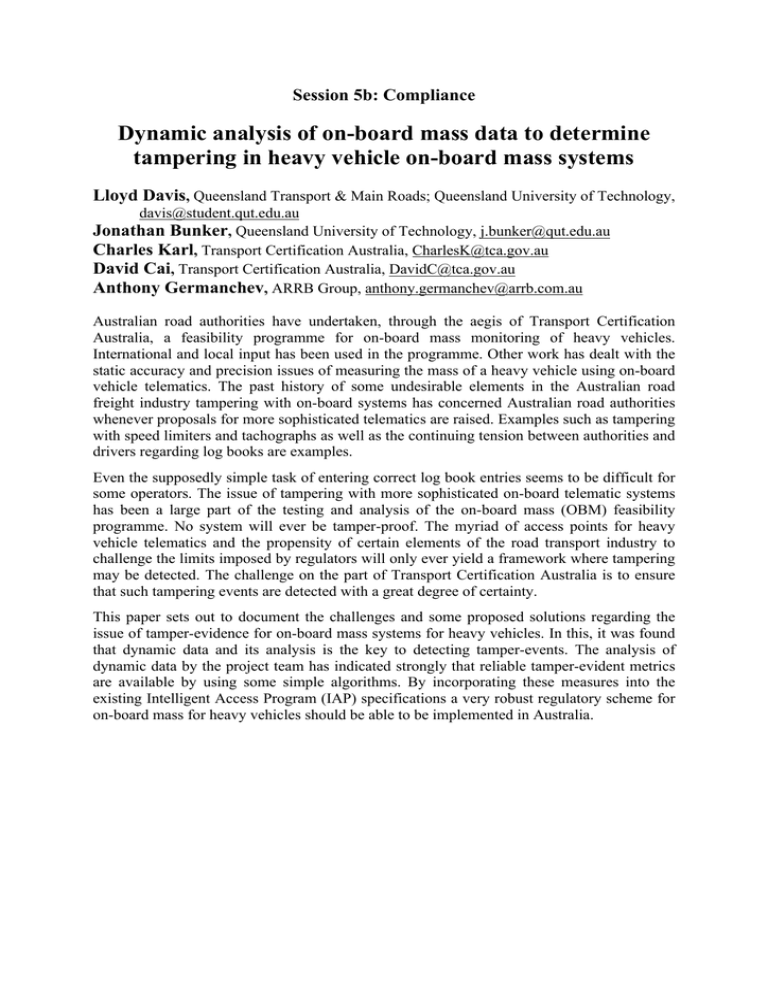
Session 5b: Compliance Dynamic analysis of on-board mass data to determine tampering in heavy vehicle on-board mass systems Lloyd Davis, Queensland Transport & Main Roads; Queensland University of Technology, davis@student.qut.edu.au Jonathan Bunker, Queensland University of Technology, j.bunker@qut.edu.au Charles Karl, Transport Certification Australia, CharlesK@tca.gov.au David Cai, Transport Certification Australia, DavidC@tca.gov.au Anthony Germanchev, ARRB Group, anthony.germanchev@arrb.com.au Australian road authorities have undertaken, through the aegis of Transport Certification Australia, a feasibility programme for on-board mass monitoring of heavy vehicles. International and local input has been used in the programme. Other work has dealt with the static accuracy and precision issues of measuring the mass of a heavy vehicle using on-board vehicle telematics. The past history of some undesirable elements in the Australian road freight industry tampering with on-board systems has concerned Australian road authorities whenever proposals for more sophisticated telematics are raised. Examples such as tampering with speed limiters and tachographs as well as the continuing tension between authorities and drivers regarding log books are examples. Even the supposedly simple task of entering correct log book entries seems to be difficult for some operators. The issue of tampering with more sophisticated on-board telematic systems has been a large part of the testing and analysis of the on-board mass (OBM) feasibility programme. No system will ever be tamper-proof. The myriad of access points for heavy vehicle telematics and the propensity of certain elements of the road transport industry to challenge the limits imposed by regulators will only ever yield a framework where tampering may be detected. The challenge on the part of Transport Certification Australia is to ensure that such tampering events are detected with a great degree of certainty. This paper sets out to document the challenges and some proposed solutions regarding the issue of tamper-evidence for on-board mass systems for heavy vehicles. In this, it was found that dynamic data and its analysis is the key to detecting tamper-events. The analysis of dynamic data by the project team has indicated strongly that reliable tamper-evident metrics are available by using some simple algorithms. By incorporating these measures into the existing Intelligent Access Program (IAP) specifications a very robust regulatory scheme for on-board mass for heavy vehicles should be able to be implemented in Australia.
